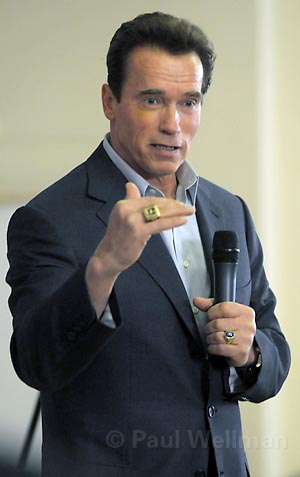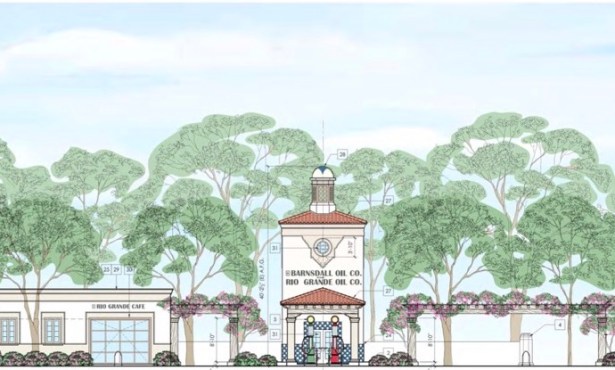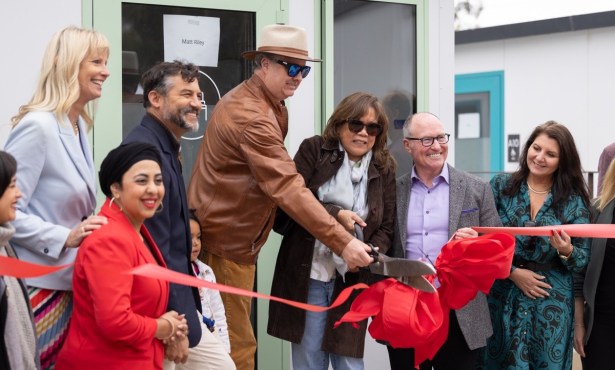We’re in the Water
State Drought Not Yet Felt in S.B.
Governor Arnold Schwarzenegger’s June 6 declaration of a statewide drought elicited different responses from different communities. Santa Barbara hasn’t experienced a multiyear drought since the arid years between 1987 and 1991. But the past two years have seen below average rainfall-playing no small part in the massive Zaca Fire that scorched much of Santa Barbara County’s interior last summer-and this year has already brought several warmer-than-normal days, with more expected. So it probably shouldn’t come as a shock that snow packs in the Sierra Mountains, a major contributor to the state’s water supply, are 33 percent smaller than normal. A recent court order limiting the volume that the state is allowed to pump from the San Francisco Bay Delta-an effort to protect an endangered fish called the Delta smelt-has further limited the State Water Project’s ability to satisfy the demands of customers during dry years.

Thanks to a high volume of midwinter rainfall, Santa Barbara County doesn’t have much to worry about for the time being. “Locally, water supplies are in pretty good shape,” said Rob Almy, the outgoing manager of the Santa Barbara County Water Agency. “That doesn’t mean that people should waste water, it just means that the governor’s declaration has less utility here than it does in other parts of the state.” Lake Cachuma, the county’s main reservoir, is full, as are other smaller reservoirs and groundwater aquifers throughout the county.
In the state’s desert areas-places like Los Angeles and the Inland Empire-and the Central Valley breadbasket, concern is high as water sources are diminishing. “Without water imported from the State Water Project, the farming in the Central Valley will go bust,” said Bill Brennan, executive director of the Central Coast Water Authority. Currently, 23 million of California’s more than 36 million people are dependent upon State Water. The governor has called for a major overhaul of the state’s water infrastructure-possibly to include new dams and reservoirs and a revival of a canal diversion around the Delta. To pay for construction, Schwarzenegger is expected to push for an $11.9 billion water bond measure in the November election, but it is not yet clear that the state Legislature is willing to support it. The situation is dire enough that some locales are already discussing water rationing.
Meanwhile, in Santa Barbara County, where $50 million is spent per year on State Water, very little of it is used. Santa Maria uses State Water because its groundwater contains a high concentration of minerals; it needs State Water to avoid having to soften the groundwater, water officials said, a process that would add too much salt to the aquifers. Mixing in the sweeter State Water brings Santa Maria’s water quality up to par with the rest of the county. The South Coast doesn’t need much State Water, although Montecito Water District customers have begun using more of it for landscaping. Regardless of the present abundance, all of the South Coast’s water purveyors-with the exception of the La Cumbre Water District-are engaged in active water conservation programs, including a new public information campaign aiming to get people to reduce water usage by 20 gallons per day. “We don’t consider the South Coast to be in a drought, but at the same time, we think there’s never enough water to waste,” said Misty Williams, the Goleta Water District’s business coordinator. In case times do get tough, water districts have phased plans using price increases and other measures to encourage people to use less water.
4•1•1
For more information about water conservation and the 20 Gallon Challenge, visit sbwater.org.


